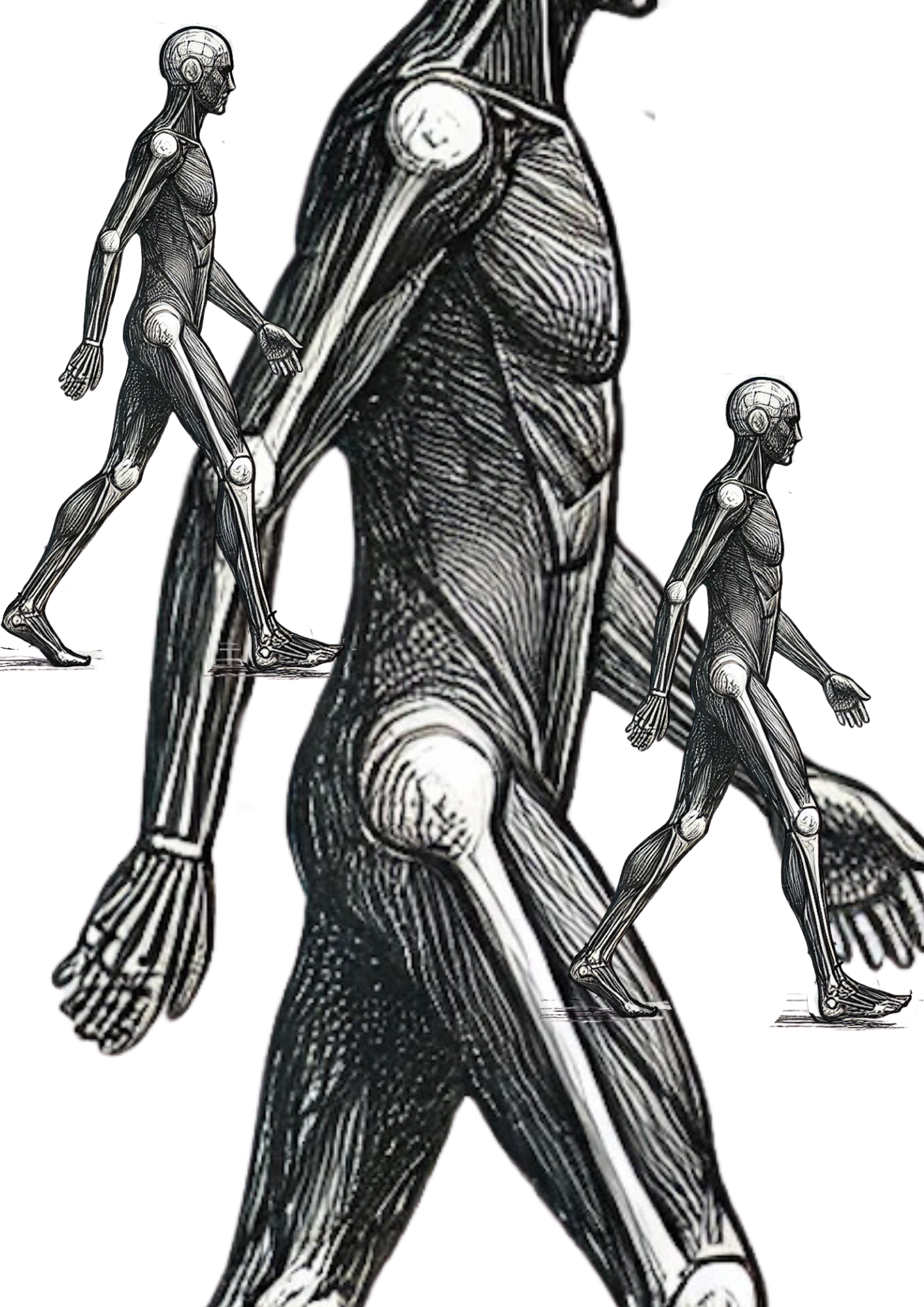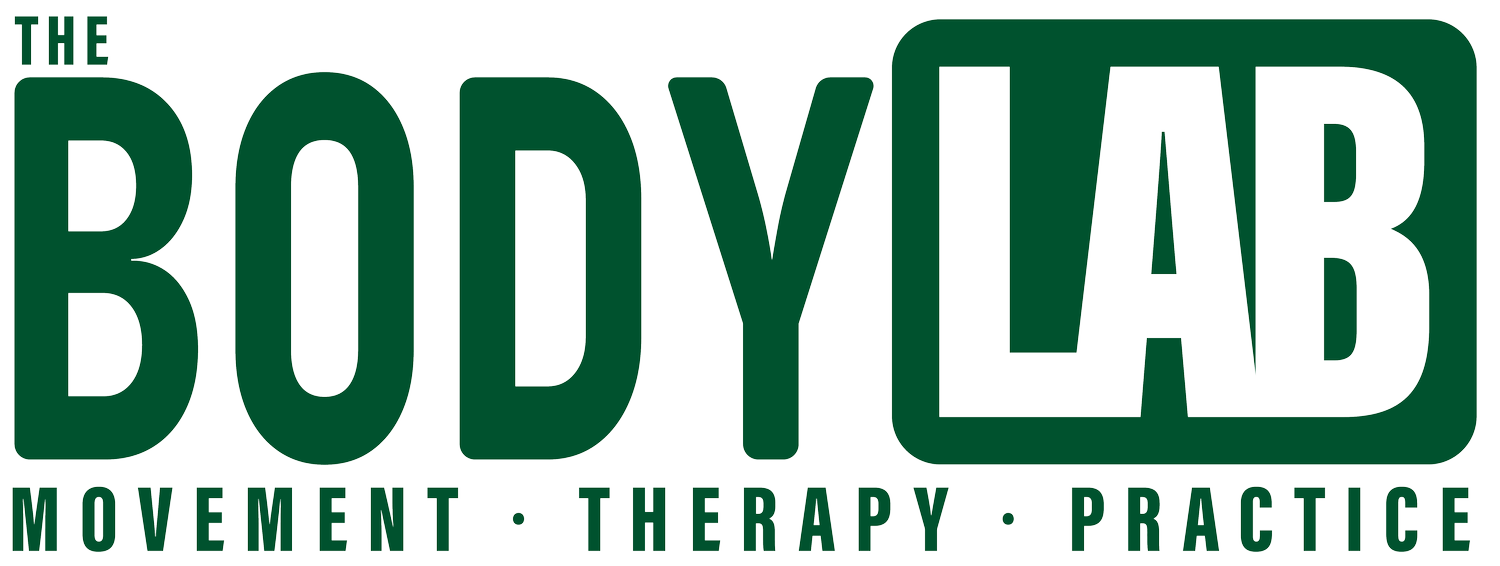
The Mid-Stance Phase of Gait: Joint Mechanics and Clinical Relevance
Mid-Stance of Gait
The gait cycle is a coordinated sequence of movements that enables human locomotion. Comprising both the stance and swing phases, it involves the complex interplay of various joints and muscles. The mid-stance phase is a crucial component of the stance phase, where the foot transitions from a pronated position (following the loading phase) back to neutral, preparing for the final phases of gait and subsequent push-off. This phase is essential for maintaining stability, absorbing shock, and preparing the body for efficient propulsion. The joint mechanics during mid-stance reflect the dynamic control required to transition from pronation to a more neutral position, involving coordinated motion in multiple planes at the ankle, foot, knee, and hip joints.
Overview of Gait and Mid-Stance
The gait cycle is generally divided into two main phases: the stance phase, which accounts for approximately 60% of the gait cycle, and the swing phase. The stance phase is further subdivided into heel strike (initial contact), loading response (pronation) , mid-stance (neutral), terminal stance (pre-push off), and pre-swing (toe-off).
The mid-stance phase begins once the body’s weight is fully transferred onto the foot after initial contact and loading. During this time, the opposite foot is in the swing phase, leaving the stance foot responsible for supporting the body’s entire weight. The primary function of the mid-stance phase is to transition the foot from a pronated, flexible state (ideal for shock absorption) into a neutral and supinating position, preparing for the rigid lever mechanism required for push-off (Perry & Davids, 2010).

Joint Mechanics During Mid-Stance
Ankle Joint (Talocrural Joint)
In the sagittal plane, the ankle joint begins mid-stance in a dorsiflexed position and progresses into a plantar flexed as the tibia moves over the fixed foot. The gastrocnemius and soleus muscles control this movement eccentrically, preventing the tibia from moving too far forward too quickly. Dorsiflexion in the ankle joint is critical for energy storage, as it elongates the posterior calf muscles in preparation for their role in the push-off phase.
In the frontal plane, the subtalar joint, which plays a crucial role in the ankle complex, begins to invert. This inversion is essential for transitioning the foot out of the pronated position it adopted during the loading phase. The subtalar joint’s inversion helps the foot become more rigid, setting up the foot to act as a stable base for the push-off that occurs later in the gait cycle (Neumann, 2010).
In the transverse plane, the tibia and talus begin to externally rotate, complementing the inversion at the subtalar joint. This external rotation is necessary for returning the foot to a neutral or slightly supinated position, which is critical for efficient push-off (Wright et al., 2011).
Rearfoot Mechanics (Subtalar Joint)
The rearfoot includes the subtalar joint, which serves as the primary structure responsible for controlling foot pronation and supination.
In the frontal plane, the calcaneus (heel bone) inverts as the foot moves from its pronated everted position (necessary during the loading phase for shock absorption) to a more neutral or slightly supinated state. This transition allows the midfoot to become stable, locking the joints of the foot and creating a rigid lever for the push-off phase.
In the transverse plane, the talus undergoes external rotation while the calcaneus inverts. This coupling of motion between the calcaneus and talus is critical for allowing the foot to re-supinate during mid-stance. Without this motion, the foot would remain too flexible (similar to overpronated feet), reducing the efficiency of gait and increasing the risk of overuse injuries (Inman, 1976).
Forefoot and Toes
In the forefoot, mid-stance is characterised by increased load-bearing as the body’s weight shifts forward.
In the sagittal plane, the forefoot remains relatively neutral as the foot moves from a dorsiflexed position into a stable platform of plantar flexion. The toes do not yet play a significant role, but they are positioned to assist in the subsequent phases of the gait cycle, particularly during propulsion.
In the frontal and transverse planes, there again a return to neutral from an inverted position to a everted positional movement in the forefoot during mid-stance, to accommodate the body’s forward motion. The forefoot’s interaction with the ground is crucial for maintaining balance during the single-limb support period of mid-stance (Abelson, 2022).
Knee Joint Mechanics
The knee joint is essential for managing shock absorption during mid-stance and facilitating weight transfer from the rearfoot to the forefoot.
In the sagittal plane, the knee remains flexed at around 15-20 degrees at the start of mid-stance and begins to extend as the tibia moves forward. The quadriceps muscles control this extension eccentrically, helping to decelerate forward motion and preventing the knee from locking too early.
In the frontal plane, there may be slight valgus motion at the knee, which corresponds to the foot’s earlier pronation during the loading phase. As the foot returns to neutral and the tibia externally rotates, the knee aligns more closely with the foot.
In the transverse plane, the tibia externally rotates as the foot supinates. This external rotation of the tibia is important for ensuring that the knee joint tracks correctly and that excessive stresses are not placed on the knee ligaments (Perry & Davids, 2010).
Hip Joint Mechanics
The hip joint plays a vital role in stabilising the pelvis during mid-stance.
In the sagittal plane, the hip starts from a flexed position then extends to neutral. During mid-stance the hip continues to extend as the body moves forward, reaching its maximum extension just after mid-stance. The gluteus maximus and hamstrings control this motion, ensuring smooth forward progression of the trunk.
In the frontal plane, the gluteus medius is primarily responsible for stabilising the pelvis and creates a hike to tilting action. It prevents a drop in the contralateral pelvis (the pelvis on the side of the leg in swing), a condition known as the Trendelenburg sign. Proper function of the gluteus medius is essential for maintaining balance during mid-stance (Neumann, 2010).
In the transverse plane, the hip undergoes a internal rotation from the external rotation position in loading phase as the leg prepares for the push-off phase. This internal rotation complements the motion occurring at the knee and foot, allowing for a smooth transition into the later phases of gait (Winter, 1991).

Pronation and Supination Transition
During mid-stance, the foot transitions from a pronated (flexible) state to a neutral foot, supinating (becoming rigid) state. This process is vital for ensuring that the foot is stable enough to act as a rigid lever during propulsion. The transition from pronated to supinating is initiated by the subtalar joint and involves coordinated movements in the tibia, talus, calcaneus, and forefoot.
Excessive or insufficient pronation during mid-stance can lead to a variety of musculoskeletal issues. Overpronation can result in prolonged eversion of the foot, which decreases the efficiency of push-off and places increased strain on the medial structures of the foot, knee, and hip. Conversely, underpronation (supination) limits the foot’s ability to absorb shock, increasing the risk of stress fractures and other overuse injuries (Perry & Davids, 2010).
Clinical Implications
Understanding the mechanics of the mid-stance phase is crucial for diagnosing and treating gait abnormalities. Disruptions in the transition from pronation to supination can lead to compensatory mechanics throughout the lower limb, contributing to a range of conditions such as plantar fasciitis, Achilles tendinopathy, and patellofemoral pain syndrome. Interventions aimed at improving pronation and supination control, such as strength training, gait retraining, and short term orthotic use, can help optimise gait mechanics and reduce injury risk (Neumann, 2010).
Conclusion
The mid-stance phase of gait is a biomechanically complex period in the gait cycle. It involves the transition of the foot from a pronated position to a more neutral or slightly supinated state. This transition is critical for preparing the body for the push-off phase and ensuring efficient movement. By understanding the joint mechanics of the ankle, knee, hip, and foot during mid-stance, clinicians can better diagnose and treat gait-related issues, improving patient outcomes and reducing the risk of injury.
References
• Abelson, B. (2022). Gait mechanics: Understanding the foot and ankle during walking. Springer.
• Inman, V.T. (1976). Human locomotion. University of California Press.
• Neumann, D. A. (2010). Kinesiology of the musculoskeletal system: Foundations for rehabilitation. Elsevier Health Sciences.
• Perry, J., & Davids, J. R. (2010). Gait analysis: Normal and pathological function. 2nd ed. SLACK Incorporated.
• Wright, W. G., et al. (2011). Biomechanical and clinical aspects of lower extremity mechanics. Journal of Orthopaedic Research.
• Winter, D.A. (1991). The biomechanics and motor control of human gait: Normal, elderly, and pathological. University of Waterloo Press.
